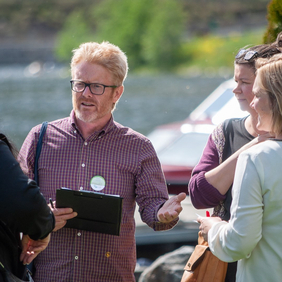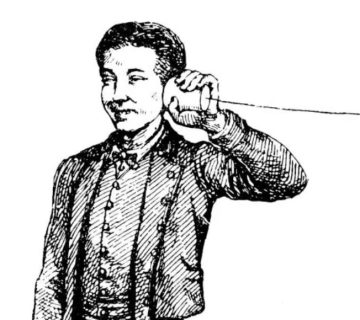28 January 2021, 18:00 CET
The field of heritage interpretation grew out of the national parks in the USA. To this day, the practice continues to have a strong connection with parks. Some parks in Europe are actively involved in interpretive planning, media development and guide programmes. However, this varies across Europe. The UK, for example, has a strong tradition for using interpretation in parks. On the other hand, in Norway, the field is little developed. Unfortunately, the full potential for interpretation in regional, nature and landscape parks has not yet been realized. But this could change by integrating interpretation in new ways in this category of parks. There are about 900 parks of this type across Europe. They have a holistic approach, focusing not only on nature protection, but also on activating the cultural heritage of their regions. They also have a bottom-up approach, ensuring participation and action from a wide range of local actors. This is all well suited to Interpret Europe with its combined goals of giving natural and cultural heritage a deeper meaning and facilitating first-hand experiences. In this webinar, we explored the connection between parks and interpretation using Norway as a case.
Kristian Bjørnstad is the managing director of the Norwegian Parks Association. He is a human ecologist and educator by training, specializing in regional park development. He has been active in building regional parks in Norway for the last 15 years and is a representative of the European regional, nature and landscape park group of the Europarc Federation. During the last few years, he has worked with integrating interpretation in the work of the regional parks of Norway. He is also active in Interpret Europe as a country coordinator and a trainer.




